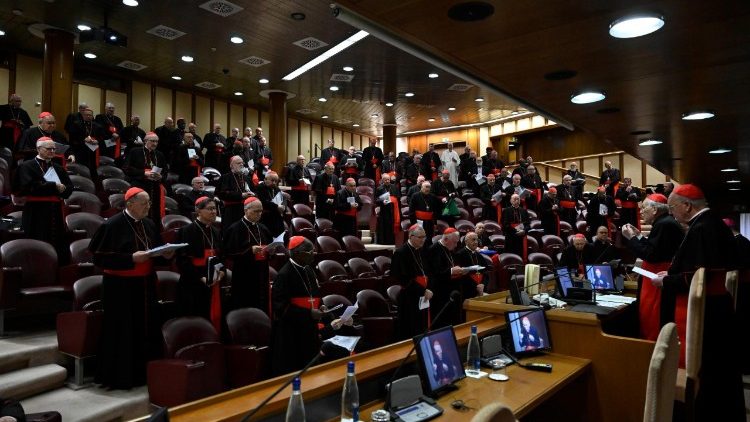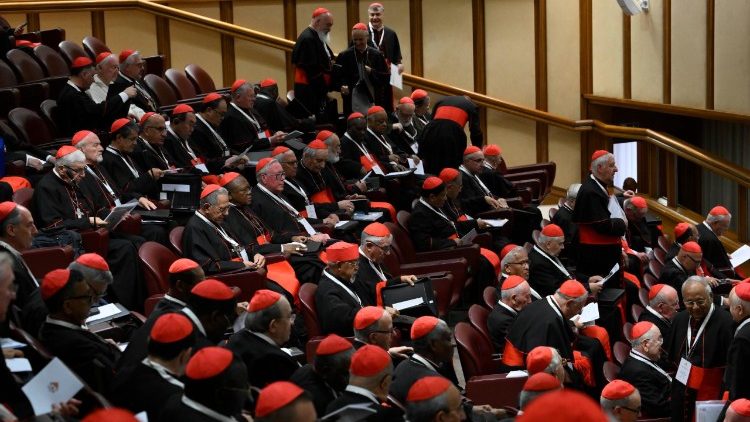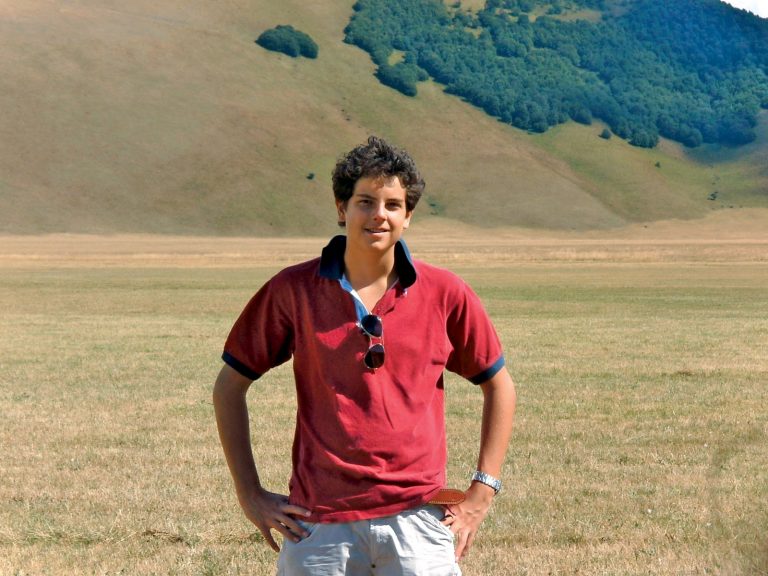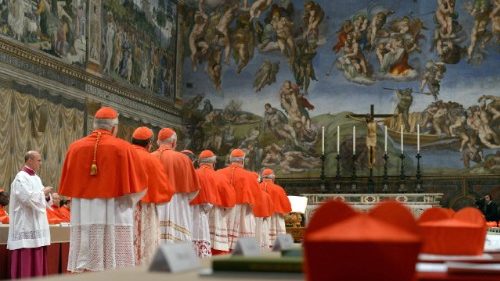What are the Congregations before the Conclave?
History, function, and interesting facts about the meetings prior to the election of the Pope

When a Pope dies or resigns, as happened in 2013 with Benedict XVI, a special time in the life of the Church begins: the vacant seat. During this period, before the cardinal electors confine themselves to the conclave to elect the new Pontiff, crucial meetings called General and Particular Congregations are held. What do they consist of? What is decided there? How did they come about? Let’s find out.
What are the Congregations before the Conclave?
Congregations are formal meetings of the cardinals during the sede vacante period. Their main purpose is to ensure the provisional government of the Church and prepare everything necessary for the conclave.
There are two types:
General Congregations: These are attended by all cardinals present in Rome, both electors (under 80 years of age) and non-electors (over 80 years of age). General matters are discussed: the state of the Church, preparation for the conclave, organization of the liturgy, security, and other practical matters.
Particular Congregations: These are smaller meetings, composed of the Camerlengo and three attending cardinals chosen by lot from among the electors. They are responsible for day-to-day management, but important decisions require the approval of the General Congregation.
This entire process is primarily regulated by the Apostolic Constitution Universi Dominici Gregis promulgated by Saint John Paul II in 1996.
A Brief History
The need for congregations arose from the experience of past centuries, when conclaves could be delayed or corrupted by external interests.
During the Middle Ages, papal elections did not have such clear procedures. Cardinals were often pressured by kings or local powers. For this reason, the Third Lateran Council (1179) established basic norms to protect the election. Over time, it was realized that a prior period of preparation and reflection was necessary, hence the congregations.
The current system was formalized mainly beginning in the 15th century and has been refined, especially in the 20th century. Pius XII, Paul VI, John Paul II, and Francis have updated the norms to ensure a free and orderly election.
How do Congregations work?
When a vacant seat occurs:
- The Camerlengo (a position currently regulated by the Universi Dominici Gregis) officially confirms the vacancy.
- All cardinals are summoned to General Congregations in the Synod Hall in the Vatican.
- At the first meeting, the cardinals take a solemn oath of secrecy and fidelity.
- Matters such as:
- The start date of the conclave.
- Accommodation assignments (usually at Casa Santa Marta).
- Organization of liturgical celebrations (especially the Mass pro eligendo Pontifice).
- Reports on the situation of the Church.
- Reflections on the characteristics that the future Pope should have.
Everything must be carried out under strict confidentiality. Breaking the secrecy is punishable by excommunication.
- The great wait: Following Benedict XVI’s resignation in 2013, anticipation arose for the start of the conclave. Several General Congregations were held to discuss the profile of the new Pope. No opening date was immediately set, sparking speculation in the world press.
- An atmosphere of fraternity: Although it is a solemn moment, the Congregations also provide space for personal contact and mutual understanding. Many cardinal electors, from very different cultures, meet personally during these days, which helps when voting.
- Brief Addresses: During General Congregations, some cardinals may intervene to share brief reflections (called interventions). These words sometimes profoundly mark the discernment of their confreres.
- Absolute Secrecy: Even logistical details, such as bus transfers to the conclave or accommodations, are organized to prevent leaks of information.
The Congregations before the conclave are a time of special responsibility and prayer for the cardinals. It is not just a matter of organizing logistical aspects, but of opening oneself to the action of the Holy Spirit at a key moment in the life of the Church. Thanks to centuries of experience and the wise regulation of the Holy See, the election of the Successor of Peter remains an act of faith and ecclesial communion.
Related

On the Road to the Conclave: The Church Prepares to Elect the New Pope on May 7
Alberto Ramírez
29 April, 2025
2 min

Carlo Acutis: The Cyber-Apostle of the Eucharist Who Inspires Youth
Exaudi Staff
29 April, 2025
4 min

Miserando atque eligendo: The Legacy of Mercy in the Church
Luis Herrera Campo
28 April, 2025
3 min

The Conclave will begin on May 7
Exaudi Staff
28 April, 2025
1 min
 (EN)
(EN)
 (ES)
(ES)
 (IT)
(IT)

